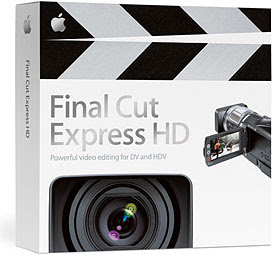 During the first leg of my trip I shot over thirteen hours of footage. It's been among my most safeguarded possessions during my travels and has managed to survive at the bottom of my backpack in these special water-proof cases. For the brief time I have been home between legs of my trip I decided to set myself to the task of turning these tapes into something I can use in my classroom. Just labeling and cataloging it all took days. A lot of it I took with the intention of using it to illustrate specific historical events. It's from the inside of museums which allowed me to film in them, and from major historical sites like the Pyramids, the Taj Mahal, and the Eiffel Tower. With a little editing these segments will help me tell their stories to my students.
During the first leg of my trip I shot over thirteen hours of footage. It's been among my most safeguarded possessions during my travels and has managed to survive at the bottom of my backpack in these special water-proof cases. For the brief time I have been home between legs of my trip I decided to set myself to the task of turning these tapes into something I can use in my classroom. Just labeling and cataloging it all took days. A lot of it I took with the intention of using it to illustrate specific historical events. It's from the inside of museums which allowed me to film in them, and from major historical sites like the Pyramids, the Taj Mahal, and the Eiffel Tower. With a little editing these segments will help me tell their stories to my students. Other footage that I took is more random and does not fit so obviously into any single historical topic. I tried to make a habit out of taking out the camera every time I saw something that I thought my students might find interesting. The result is thousands of clips that provide small glimpses of every day life in the various countries I visited. Some of this turns out to be the most interesting stuff in my opinion. It has the potential to give my students a sense of the things that aren't noteworthy enough to make it into a chapter in their text book, but that illustrate the material and cultural differences that exist in their world. Through this footage I can take my students on a walk through the narrow alleys of Cairo, into a bustling train station in India, and on to an orphanage in Rwanda. Having shot the footage myself, I can answer any question they have about what they are seeing. Suddenly my students can feel they have interacted with parts of the world that they had not before. I place a lot of value on this kind of experience in the classroom. At a time when our actions and decisions are increasingly felt by people on the other side of the planet, I think it's essential that a world history course introduces students to what life is like for others around the world. It has certainly been my experience that it is harder to overlook world events that take place in parts of the world that I have been to. The old adage "out of sight, out of mind" has a flip side - once you have seen a place and interacted with its people it is hard to not care about them. A major goal for me is to try to use this footage to extend this sense to my students.
 To edit I use a software called Final Cut Express HD. Basically the interface has four main windows: the Browser, where the original source media files that you capture from your camera are listed; the Viewer, where individual media files can be previewed and trimmed; the Timeline, where media can be brought together into a sequence; and the Canvas, where the edited production in the timeline can be viewed. Then of course there are a variety of filters that give your footage different looks and transitions to help connect clips in a way that is easy for the viewer to follow. It might sound complicated, but within a few days of when I installed the program I had four short film segments that were in roughly finished form. It's a lot of fun.
To edit I use a software called Final Cut Express HD. Basically the interface has four main windows: the Browser, where the original source media files that you capture from your camera are listed; the Viewer, where individual media files can be previewed and trimmed; the Timeline, where media can be brought together into a sequence; and the Canvas, where the edited production in the timeline can be viewed. Then of course there are a variety of filters that give your footage different looks and transitions to help connect clips in a way that is easy for the viewer to follow. It might sound complicated, but within a few days of when I installed the program I had four short film segments that were in roughly finished form. It's a lot of fun.
1 comment:
nice work, wink. will we get to see this at the next residency for movie night?
hey...are you wearing a goddard sweatshirt in that picture????
Post a Comment